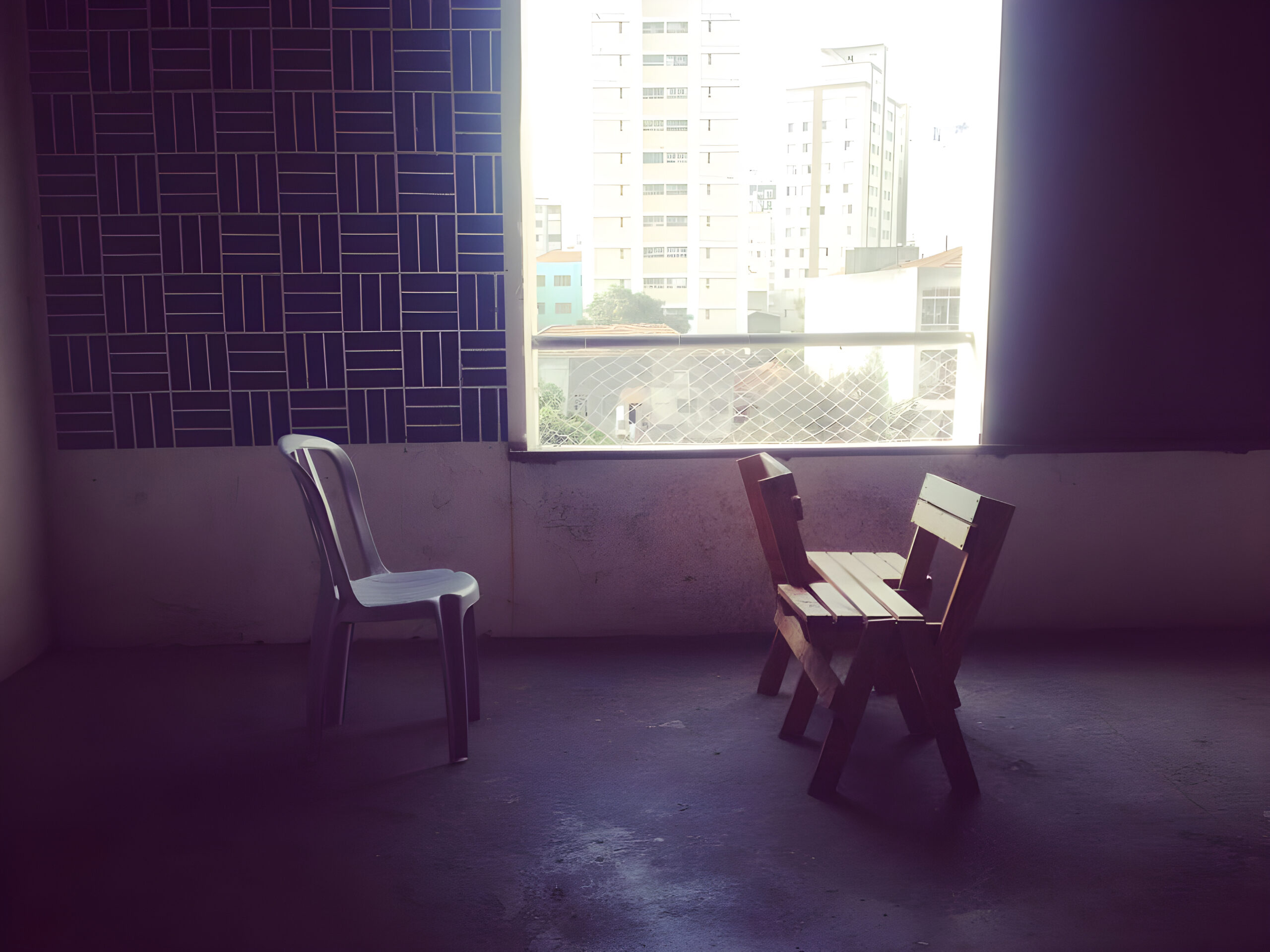The Vienna Ambulatorium was founded in 1922 and was one of the most vibrant early clinics. As Elizabeth Danto has shown in her book Freud’s Free Clinics: Psychoanalysis and Social Justice, 1918-1938, entangled with a series of other progressive developments of the ‘Red Vienna’, the ideas and practices developed around the Vienna Ambulatorium are of exceptional importance to the question of how psychoanalysis arrives in communities. Austro-Marxism brought a unique alliance between liberal arts and the health professions, which infused how psychoanalysis was practiced. Some of the key figures in Vienna were Wilhelm Reich, Helene Deutsch, August Aichhorn, Anna Freud, Siegfried Bernfeld and Rudolf Ekstein. A number of these analysts (Aichhorn, Freud and Bernfeld) were keen to provide for the psychological needs of children, whose lives were affected by war, discrimination and the economic crisis. This resulted in the establishment of institutions such as Bernfeld’s Kinderheim Baumgarten (Baumgarten Children’s Home), which housed underprivileged and homeless children, including 240 Jewish refugee children, Aichhorn’s experimental training school for juvenile delinquents and the Ambulatorium’s child guidance clinic. Theoretically, these analysts developed the foundations of child analysis, milieu therapy and produced significant findings about the relationship between society and early childhood development. In 1999, a successor of the Vienna Ambulatorium was reopened.

